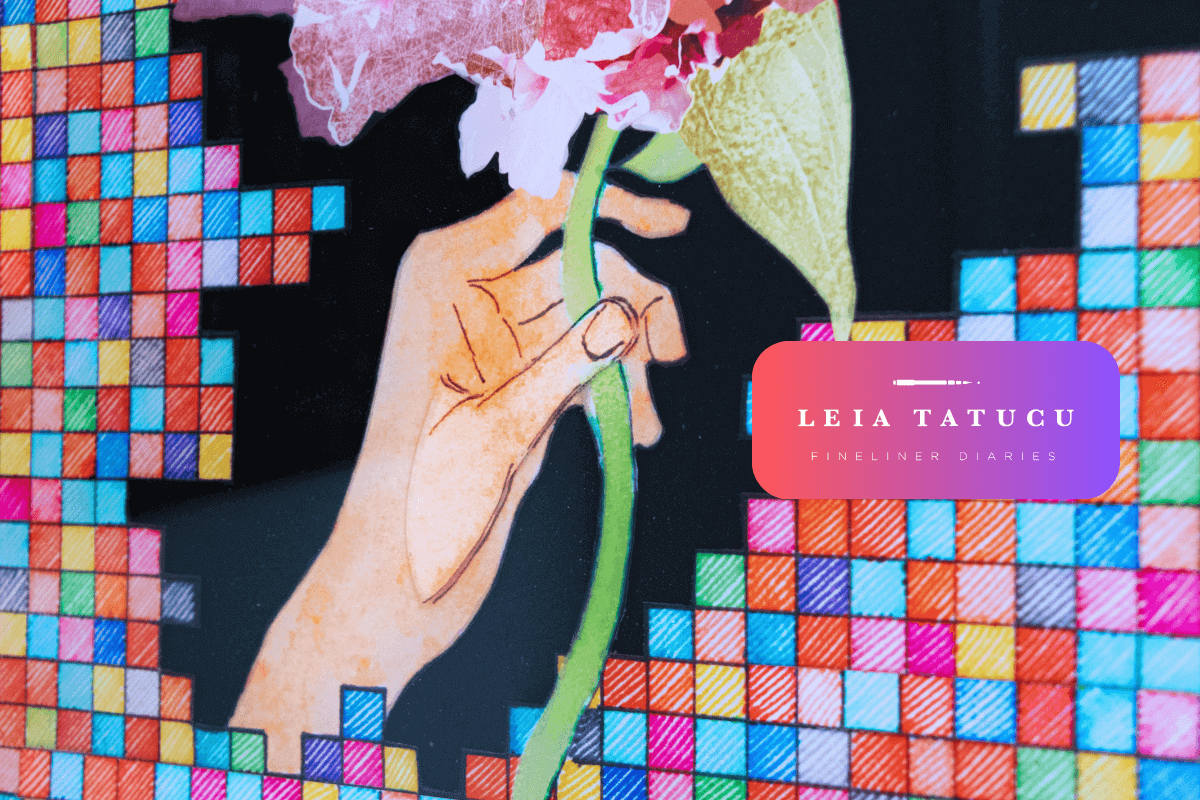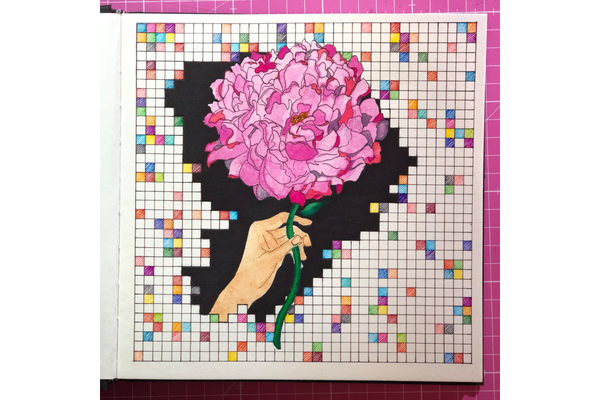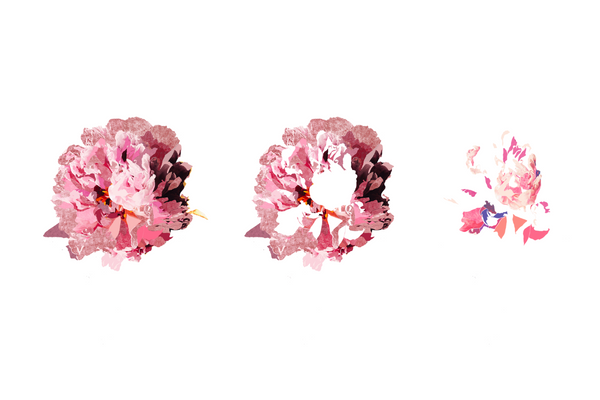
The Revival of Analog Art: Embracing Traditional Creativity in the Digital Era
In an era dominated by screens, encompassing everything from social media to virtual reality, it's intriguing yet heartening to observe the resurgence of analog art in today's art scene. Artists and art enthusiasts are showing a renewed interest in traditional techniques and mediums, driven not just by nostalgia but by a genuine desire for authenticity and tangible artistic expression in our increasingly digital world.
Exploring the Charm of Traditional Art Techniques
A brush smoothly moves across canvas, blending rich oils to create a vibrant color palette, or the deliberate carving of lines on a woodcut print — each stroke and endeavor distinctly human. The charm of traditional art techniques lies in their exceptional capacity to authentically capture the artist's touch and intention. This bond is irreplaceable. Despite the efficiency and innovation of digital tools, they fall short of replicating the heartfelt imperfections that render human artistry so captivating.
The Art of Slow Creation
One aspect that traditional art celebrates is the art of slow creation. This patient, deliberate craft is in stark contrast to the frenetic pace of digital creation. Artists and viewers alike find solace in the unhurried process of traditional artwork. It's a meditative experience that encourages mindfulness and an appreciation for each meticulous step in the creative process.

Depth and Texture
Traditional art forms often come with an indisputable advantage; depth and texture are more than visual — they are tactile. The ridges on a sculpture's surface or the impasto of oil on a canvas add a layer of complexity that draws viewers in, inviting them to explore the art through multiple senses. These physical elements breathe life into the piece, making it a dynamic presence in a space.
The Contemporary Art Scene
Despite the surge of interest in traditional methods, the contemporary art scene remains dynamic. It embodies a lively mix of old and new, where artists boldly experiment and redefine the boundaries of art. For example, mixed media cleverly merges the permanence and texture of traditional art with the flexibility of digital elements.
The Role of Technology
Technology isn't the nemesis of traditional art — it’s redefining it. Innovative tools and platforms open creative doors that were once locked. They allow artists to explore and express themselves in ways that transcend the limitations of physical materials. The intersection of art and technology offers a plethora of new possibilities that excite and inspire a generation of creators.

Bridging Worlds with Artivive
The Artivive app stands out as a prime example of innovation that beautifully merges the realms of traditional and digital art forms. By harnessing the power of augmented reality, Artivive breathes life into static paintings or sculptures, turning them into dynamic artworks that captivate both artists and viewers. This transformative experience not only highlights the adaptability of art but also emphasizes its timeless appeal, showcasing the endless possibilities that creativity can unlock.
The Art and Creativity Uplift
Art possesses a deep ability to inspire and uplift, reflecting our shared human experiences and creativity. Despite our world's digital divisions, art breaks barriers, uniting us through a universal language.
This vision was the essence of Artivive's Fantasia art contest, inviting artists to participate. I chose to enter "Peony Offer," a digital collage featuring a fineliner geometric pattern resembling a multicolored brick wall. In the center, a hand extends a peony flower to the viewer. The piece, mounted on wood with a spray-painted background and clear resin coating, merges physical and digital art. The peony appears to reach beyond the painting, surrounded by shifting colors and shapes in the geometric pattern.

This artwork was my submission for Artivive's Fantasia art contest and will be showcased at Artivive HQ in Vienna alongside works of other winners in April. The open call theme revolved around artists' perspectives on how art and creativity elevate our society.
Art like "Peony Offer" compels us to consider the fleeting nature of human connection and prompts a dialogue on the impact of art in everyday life. View the digital extension here.
Looking to the Future
The convergence of analog and digital art in today's renaissance is more than just a passing trend; it's a reimagination of art's possibilities. It involves rediscovering traditional methods' essence while embracing new tools that enhance creativity. Moving forward, it's crucial for artists and audiences to appreciate the value in all forms of artistic expression, embracing the future with an open-minded and collaborative approach.
Ultimately, the revival of analog art signifies a profound introspection and a sincere effort to uphold the human touch in art. It confirms that amidst our tech-driven world, there's an enduring link to the beauty and legacy of traditional art forms. By integrating technology with these timeless practices, we pay tribute to the past while forging a dynamic future for the art realm. This fusion of traditional and cutting-edge elements heralds a new renaissance, promising to redefine and enrich the artistic landscape for generations ahead.




Leave a comment
This site is protected by hCaptcha and the hCaptcha Privacy Policy and Terms of Service apply.